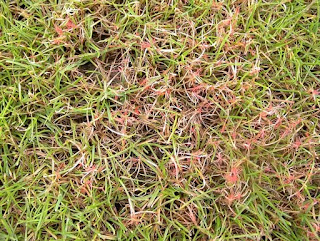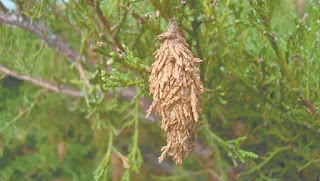What Moss Isn't.
Most think that moss is a parasite, but it is not. Moss holds nutrients and water that benefit nearby plants. Moss is not like a normal plant. It does not have vascular tissue and lacks roots, stems, and flowers.
How Does It Grow On Anything?
Moss does not have roots. Instead, it has rhizoids. These short, hair-like outgrowths allow it to grow on just about anything.
Why Do I Find It in Only Damp Places?
Moss uses the wind to carry its spores. The spores develop into male and female plants that reproduce in water.
Benefits
Moss holds many times it's weight in water. This can be a benefit to turf that is not irrigated during the Summer months. It also provides a wonderful protection from erosion.
How Do I Keep It Out of My Lawn?
Moss loves acidic soil. Regular applications of lime to keep the PH above 6.0 will slow it's rate of growth, but not eliminate it. You can visually see your progress with this strategy by watching the color of moss change from dark green to lime green. Regular applications of ferric or culpric sulfate can quickly kill it as well.












